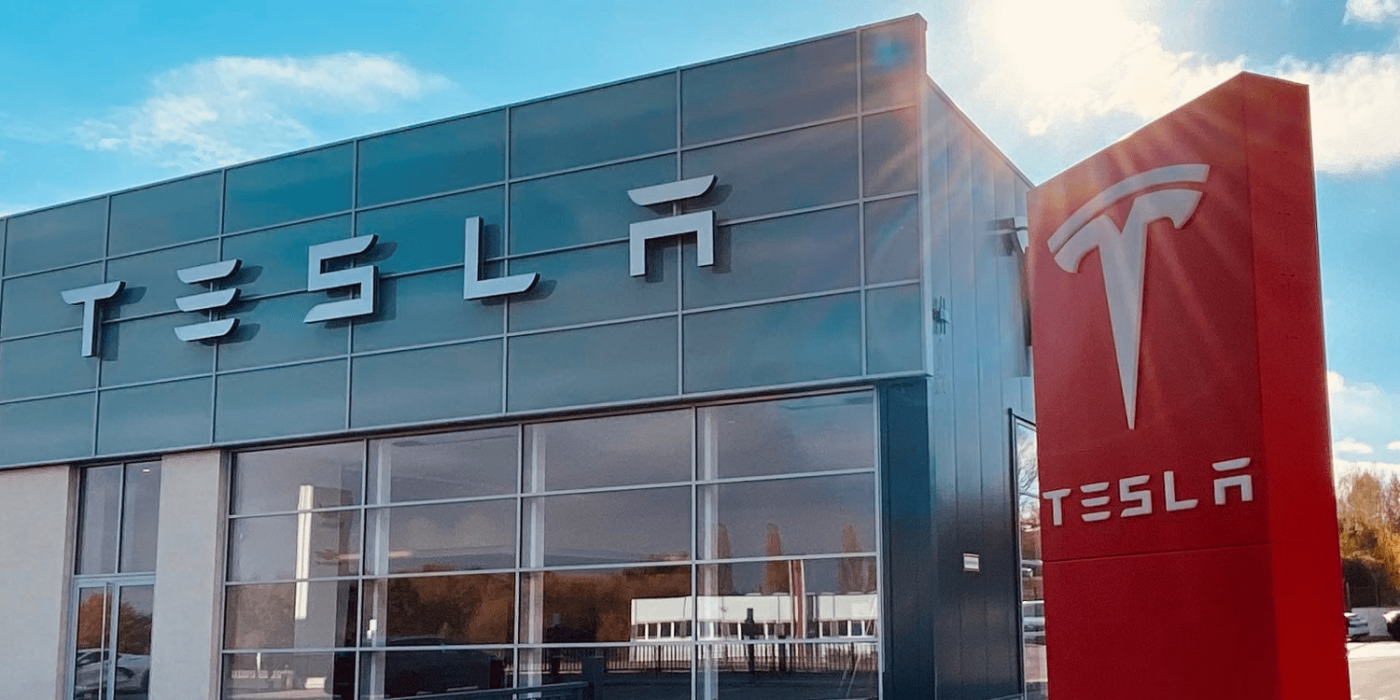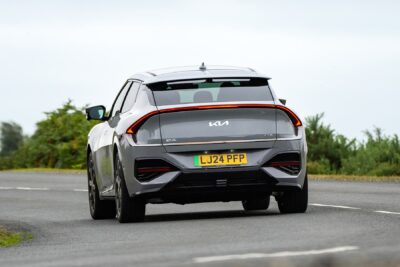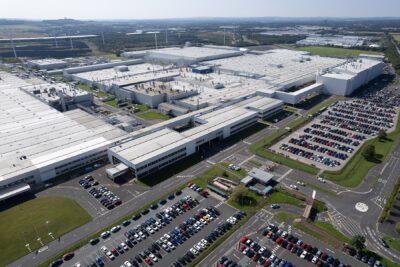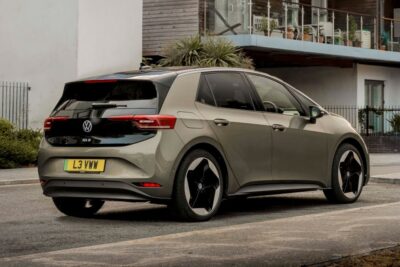Tesla urges EPA to set stricter emissions targets
Tesla is urging the US government to speed up the switch to electric cars. The electric car manufacturer wants the US Environmental Protection Agency (EPA) to set much stricter targets for emissions reductions in new cars than proposed in April. Most other OEMs, however, want the opposite.
The EPA proposed new standards in April for the 2027 to 2032 timeframe – with the intention of cutting emissions by 56 per cent by, among other things, making an estimated 60 per cent of new vehicles electric by 2030 and 67 per cent electric by 2032. The EPA draft thus goes beyond US President Joe Biden’s goal of 50 per cent of sales being electric cars by 2030. Many automakers support the latter mark.
While the EPA does not set annual sales quotas, it can limit the pollution generated by the total number of cars a manufacturer sells under the Clean Air Act. EPA can set this limit so that it can only be achieved with a certain percentage of zero-emission vehicles. From these “pollution standards” and the known emissions of today’s vehicles, the EPA itself derives how many electric vehicles would be needed to meet the targets. That’s how the percentages above come about. By comparison, in 2022, 5.8 per cent of all 13.8 million new cars in the US were pure electric.
Now Tesla, on the one hand, and the Alliance for Automotive Innovation, a trade group representing nearly all major automakers except Tesla, on the other, are positioning themselves on the proposal. In a statement released these days, Tesla calls for a stricter plan with more than 69 per cent electric vehicles in 2032. According to the company, a complete phase-out of internal combustion engines for new cars in the US is even realistic as early as 2030. Tesla wrote that this is because “cost assumptions are far too high and are not supported by the record, in that they do not fully consider the documented and projected rapid decline in battery cell and pack costs, as well the significant BEV (battery electric vehicles) range increases achieved through other efficiencies.” The electric carmaker would also like to see the credits for internal combustion engine vehicles eliminated.
To support its position, Tesla draws on an internal estimate that 28 per cent of vehicle sales in 2026 should be zero-emission models. In the EPA’s estimates, the company criticizes that Tesla vehicle sales are estimated at less than 100,000 vehicles per year, while US sales in 2022 have already approached 500,000 vehicles.
Meanwhile, the Alliance for Automotive Innovation, which includes automakers such as GM, Volkswagen, Toyota and Hyundai Motors, is calling for the EPA proposal to be toned down, saying it is “neither reasonable nor achievable.” The alliance instead recommends a mark of just 40 to 50 per cent electric cars and plug-in hybrids in 2030.
John Bozzella, CEO of the Alliance for Automotive Innovation, had warned back in April, immediately after the EPA draft was presented, “A lot has to go right for this massive – and unprecedented – change in our automotive market and industrial base to succeed. Factors outside the vehicle, like charging infrastructure, supply chains, grid resiliency, the availability of low carbon fuels and critical minerals will determine whether EPA standards at these levels are achievable.”
The US Environmental Protection Agency’s draft targets a 13 per cent reduction in average pollution per year. It estimates that implementing the proposed requirements would add about $1,200 to the cost of each vehicle, while making it cheaper for customers overall, despite the higher initial cost. That’s because over an eight-year period, EPA estimates it could save an average of more than $9,000 in fuel, maintenance and repair costs. Extrapolating to fleet targets, the rules for model years 2027 through 2032 are expected to save more than nine billion metric tons of CO₂ during their use into 2055.
In addition, the EPA has also presented proposals for commercial vehicles. Accordingly, 50 per cent of buses and waste collection vehicles are to have an electric drive by 2032. For short-haul tractors, the quota is to be 35 per cent, and for long-haul trucks 25 per cent.





0 Comments